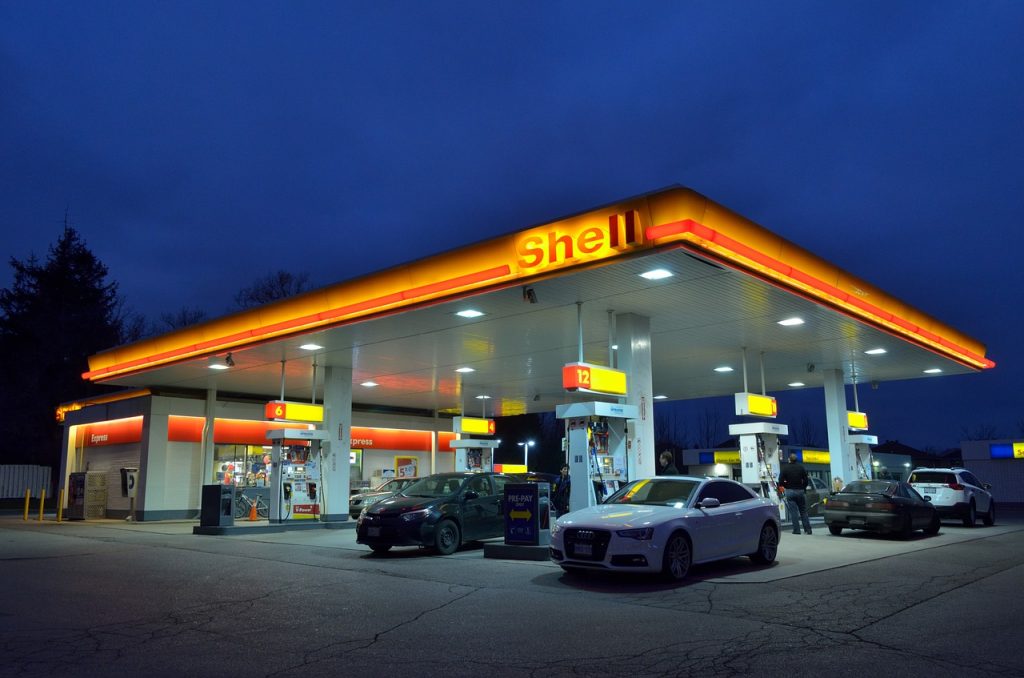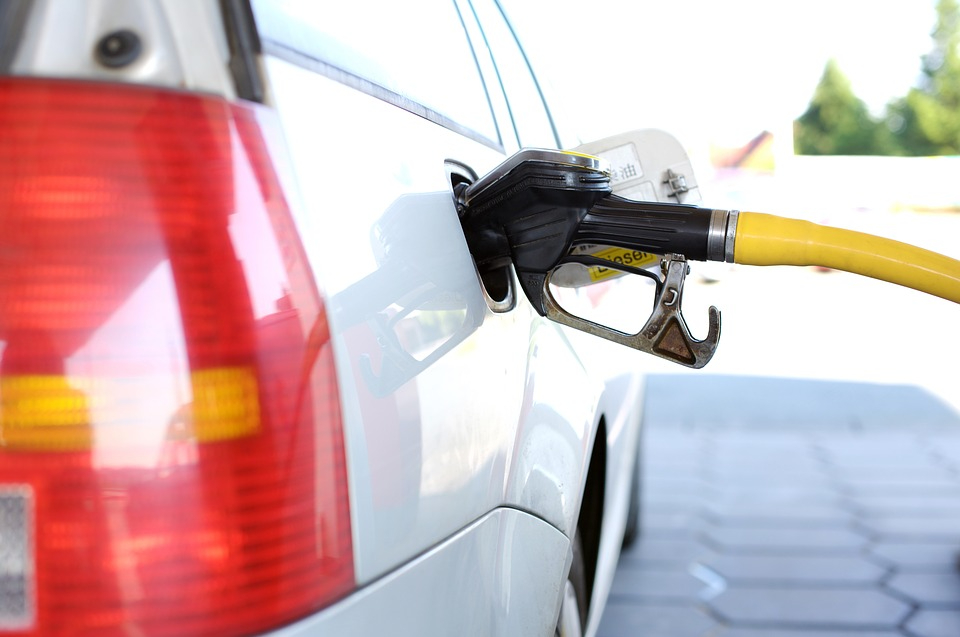Gas Prices Are About To Finally Start Dropping
New promising data shows that gas prices might finally begin to go down.
This article is more than 2 years old

Grossly inflated gas prices have been plaguing the world for months on end, and prices in the United States are no exception. California has been breaking its own record day after day for having the highest gas prices in the nation and even states whose gas prices are typically the lowest in the country have been reaching levels not seen in nearly a decade. The bloated prices are even likely to affect the cost of heating bills this winter. However, according to CNN, a reprieve could quite possibly be in sight, with some experts now predicting gas prices to begin declining soon.
Predictions that gas prices will decline in the foreseeable future are coming out because of a recent market report issued by the International Energy Agency (IEA). In their report, the data showed that barrel production numbers have been steadily increasing month over month, which is encouraging because supply chain issues and labor shortages have continuously hindered oil production in the aftermath of the COVID-19 pandemic. In October the United States saw its production jump by 1.4 million barrels, which can largely be attributed to the Gulf of Mexico refinery’s rebound after it suffered the perils of hurricane Ida back in August. This new data is promising and even though “The world oil market remains tight by all measures…a reprieve from the price rally could be on the horizon,” said a Paris-based oil agency.
It’s nice to think that there might finally be a light at the end of the tunnel. However, the United States (and the rest of the world) is not out of the woods yet. The average price per barrel of gas is still sitting at record high levels of over $80. According to AAA California is currently paying an average of $4.69 per gallon, with some areas of the state seeing even higher rates. CBS 5 in San Francisco said Bay Area residents have been known to drive miles away in search of gas prices lower than their current rate of $5.85 per gallon. Across the Atlantic in the United Kingdom, an identical scenario is playing out. In October the price UK residents paid for gas eclipsed its all-time high set back in April of 2012.

On the flip side, The IEA did report that it expects total monthly oil output to increase by 400,000 barrels month over month, which could certainly help to relieve pandemic-induced production constraints. However, the seemingly drastic increases still might not be enough to meet overall demand in the United States, which will ultimately serve to keep gas prices elevated. President Joe Biden implored the IEA to increase production output even further, but at present, the IEA has remained firm in its decision to cap the increases at 400,000.
At this point, while there is definitive hope on the horizon that gas prices will begin to go down in the coming months, there are still obstacles in the way that could prevent or stall that from happening. Despite ramped-up production, the world is still in the midst of an overarching supply chain crisis being further exacerbated by growing labor shortages all amidst an increased consumer demand. Ultimately, what transpires in the coming weeks and months will reveal how soon the fuel bubble will burst.




